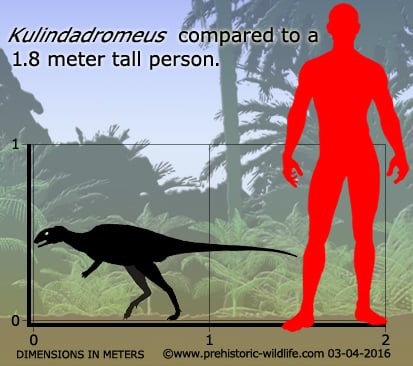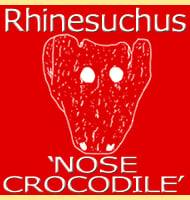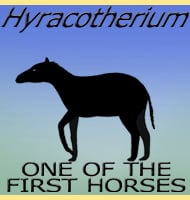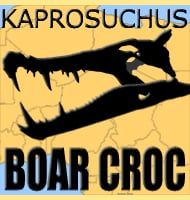In Depth
As far as the skeleton of Kulindadromeus is concerned, this genus was pretty much like any other small ornithischian dinosaur of the Jurassic. However, while most other ornithischian dinosaurs have been described from bones, extra fossils were available for Kulindadromeus, and these revealed a startling revelation: Kulindadromeus had a body that was covered in feathers.
To be fair Kulindadromeus was not the first ornithischian (bird hipped) dinosaur discovered to have feathers. In 2009 a genus called Tianyulong was discovered to have primitive feather structures similar to quills growing up from its back, and the genus Psittacosaurus also had quill-like feathers growing from the tail. What Kulindadromeus shows us though is that feathers were not just more common in ornithischian dinosaurs, but that they were far more diverse than previously thought. The feathers on Kulindadromeus seem to have created a downy fluff covering that grew over most of the body, the only exceptions being the tail and lower legs. This also reinforces the theory that feather growth was not just the preserve of some theropod dinosaurs, but that all dinosaurs could potentially have the genetic markers buried within their DNA to grow hair-like feathers.
Kulindadromeus was a small plant eating dinosaur that like its relatives, would have relied upon a combination of keen reflexes and speed to evade the mouths of predatory dinosaurs.
Further Reading
- A Jurassic ornithischian dinosaur from Siberia with both feathers and scales. - Science 345(6):451-455. - P. Godefroit, S. M. Sinitsa, D. Dhouailly, Y. L. Bolotsky, A. V. Sizov, M. E. McNamara, M. J. Benton & O. Spagna - 2014.










